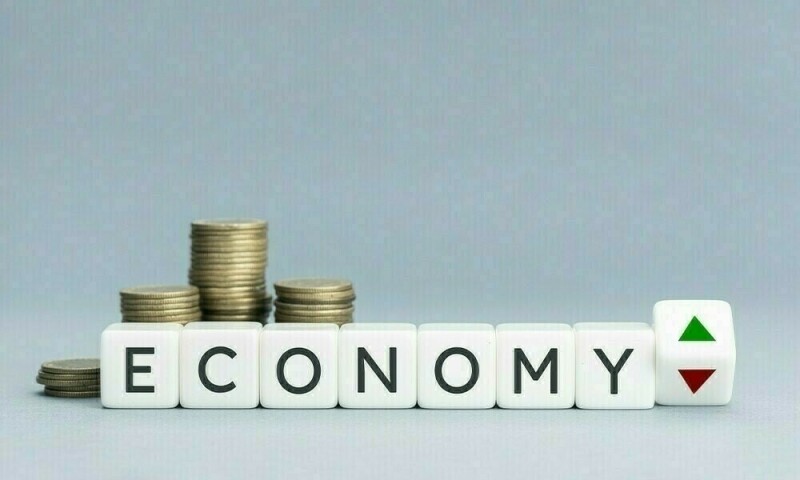Pakistan’s central bank has flagged that it seems difficult for the country to achieve the targeted primary surplus of 1% of the gross domestic product (GDP) in the absence of widening of tax net and reforms in state-owned entities (SOEs) in the ongoing fiscal year 2024-25.
“…achieving the targeted primary surplus appears to be challenging,” the State Bank of Pakistan (SBP) said in its latest Monetary Policy Statement published on Monday.
If the apprehension comes true, the country would break a major commitment it has made with the International Monetary Fund (IMF) under the ongoing 37-month long $7 billion Extended Fund Facility (EFF).
Commitment to IMF: Primary surplus of 1pc of GDP for FY25 aimed at
However, the latest Finance Ministry’s Economic Update & Outlook, April 2025, has earlier said the fiscal deficit reduced to 2.2% of GDP in the first nine-month (July-March FY25 ) compared to 3.1% in the same period and “improved the primary surplus to Rs3,452.1 billion (3% of GDP) from Rs. 1,834.0 billion (1.7%).”
Fiscal balance is total revenue minus total expenditure; primary balance is fiscal balance excluding interest payments
In the latest monetary policy statement, SBP stressed upon need for reforms to put the fiscal sector on a more sustainable footing to achieve the primary surplus, “especially by expanding the tax net and reforming SOEs.”
The central bank’s monetary policy committee (MPC), however, reaffirmed its earlier assessment that the overall fiscal deficit may remain close to the FY25 target.
It further said the Federal Board of Revenue (FBR) tax revenue recorded a sizable 26.3% year-on-year growth during July-April FY25, “though it remained below the target”.
The MPC noted that the government raised petroleum development levy (PDL) rates, which is expected to further propel non-tax revenues in the remaining months of FY25. Moreover, estimates from the financing side suggest that overall expenditures remained relatively contained during July-March FY25.
‘Pakistan GDP to grow in contrast to global contraction’
On the other hand, the SBP highlighted that Pakistan economic growth would maintain momentum in the second half (Jan-Jul) of FY25 and continue to expand in FY26 contrary to IMF projection for contraction in global economy in the two years.
The central bank said provisional real GDP growth for second quarter of FY25 was reported at 1.7% year-on-year, whereas “growth for the first quarter was revised up to 1.3% from 0.9%, bringing cumulative growth in H1-FY25 to 1.5%.”
Pakistan economy faces slowdown in early FY25, poised to recover in second half
“Incoming high-frequency indicators suggest that economic activity is maintaining momentum, as reflected by rising sales of passenger vehicles and petroleum products (excluding furnace oil), increasing electricity generation, and improving business and consumer confidence,” SBP said.
The bank kept its FY25 growth projection unchanged in the range of 2.5–3.5% and “anticipates it to accelerate further in FY26”.
In contrast to growth in Pakistan, SBP said, “global uncertainty, particularly around tariffs, has led the IMF to sharply downgrade its 2025 and 2026 growth projections for both advanced and emerging economies”.


